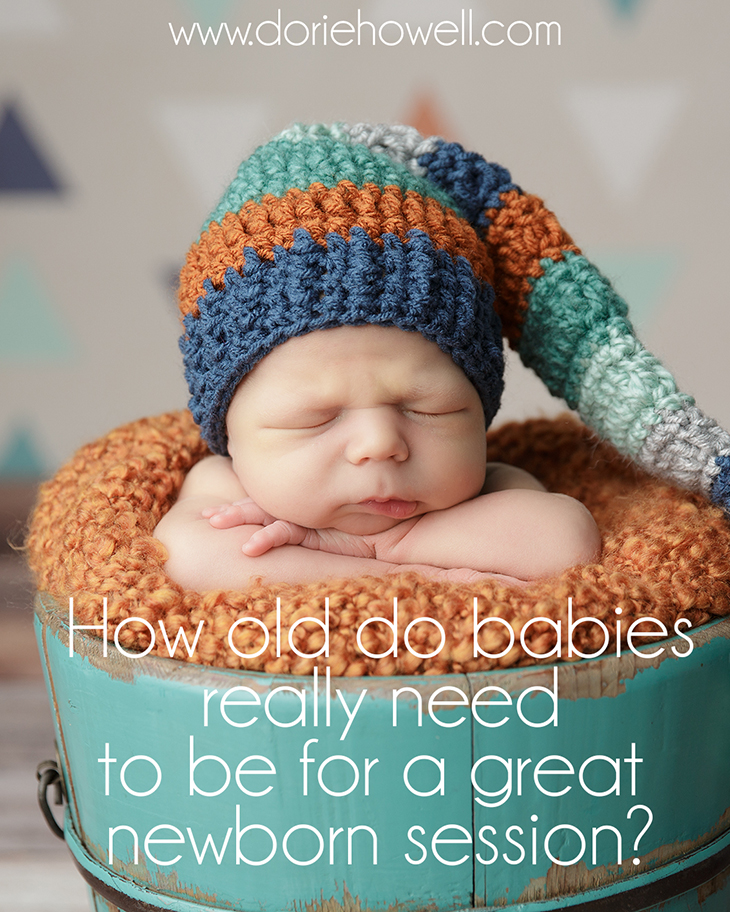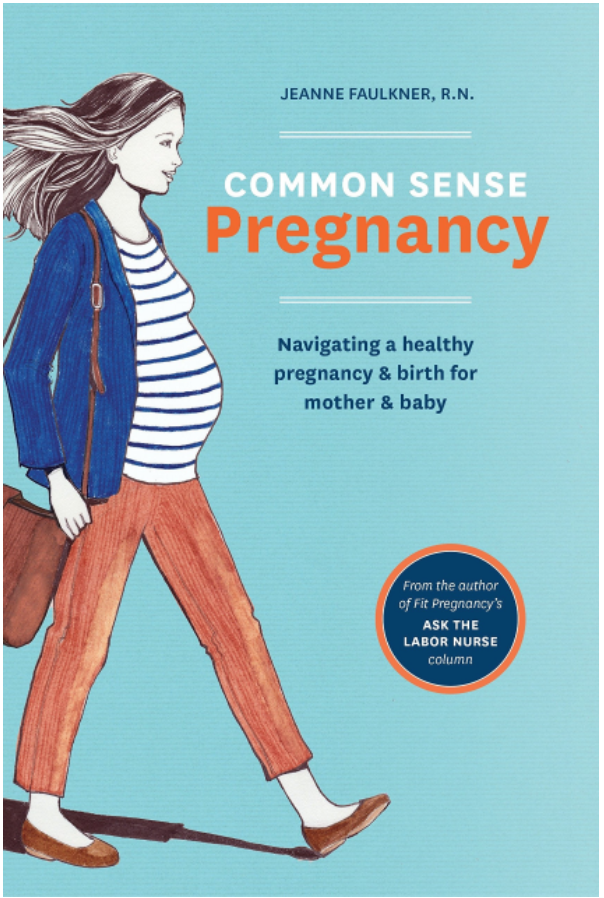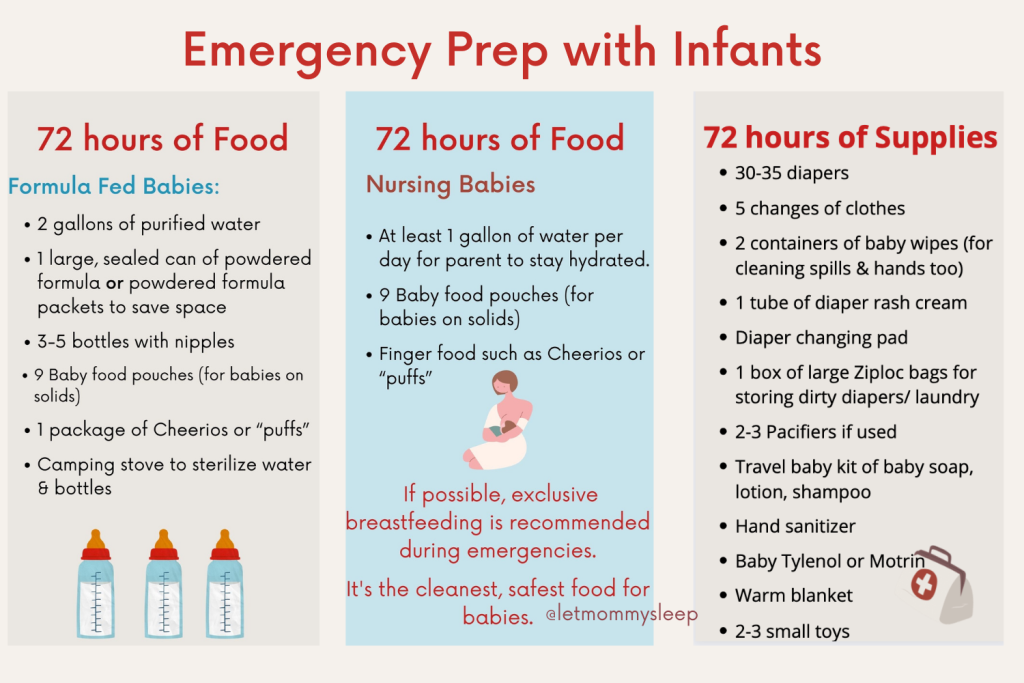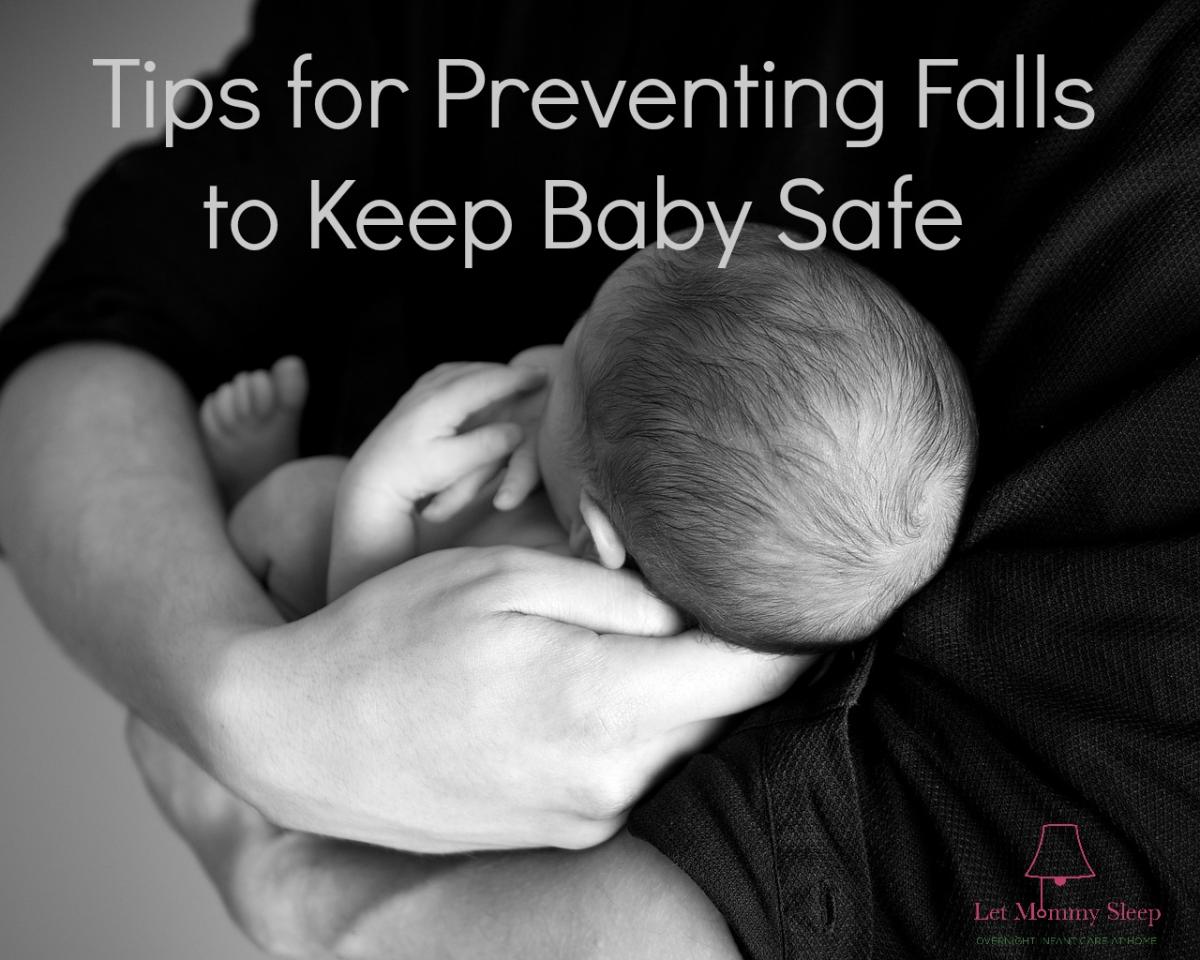March 21st is World Down Syndrome Day and many parents wonder how they can educate their young neurotypical children about Down Syndrome and be more inclusive themselves. Alejandra Hall of the Animated Child in Manassas, VA, an inclusive play space for all children, and Amanda, mom to an 18 month old with DS answer this question in Down Syndrome: How Can Parents Be More Inclusive?

Down Syndrome: How Can Parents Be More Inclusive?
Alejandra:
Now that you’ve had your second baby every play date is made for two. Planning and coordinating meet-ups with other mommies with two or more children is just part of the fray. Or is it? What if that second child your friend had is born with Down syndrome? How do you set and keep a play date that you feel wholly unprepared for?
You include that new sibling regardless of the diagnosis and ask questions about how you can make it inclusive. The best way to find inclusive play is to set and keep play dates with children with developmental delays in your own community. It’s that simple! Animated Child is one such inclusive hands-on exploration center.
This World Down Syndrome Day theme,”#MyFriendsMyCommunity“ encourages friends to keep play dates with all families and communities to be inclusive. When in doubt just ask questions, at the very least it will start a dialogue.
Amanda, Mom of 18 month Old
Welcome to Motherhood! Whether it is your first time or you are building a large family, a new baby brings new challenges. Each new baby is unique and comes with their own set of joys, and struggles. Thank goodness they are so cute!
When my youngest arrived, my son was rushed to the NICU and placed on a ventilator. For the first three weeks he was fighting for his life. At this time, he was also diagnosed with Down Syndrome. He spent six weeks in the NICU, half of my maternity leave. When he arrived home, it was appointments with doctors, specialists and therapists. Juggling a baby with medical concerns takes a toll on a mom, and her career. If this is your second child, then you are anxious about giving your first attention so that they don’t feel left out.
Days are spent juggling a family, career, and your children. It is long hours driving between appointments and in waiting rooms, hours worrying about a new diagnosis, more hours researching and reading to be a step ahead, and then juggling another child who is not #2 but an equal to their sibling. Whew! You cannot go this alone, and something will have to give. You need a team, mine is Team MacIsaac. It includes family, friends, and professionals that are supportive and trustworthy.
Motherhood is not a competition, but a community. The same is for support of children with Down Syndrome. This World Down Syndrome Day the theme is my friends, my community; come on out and support your community.
To learn more about Down Syndrome, please visit The National Down Syndrome Society.





